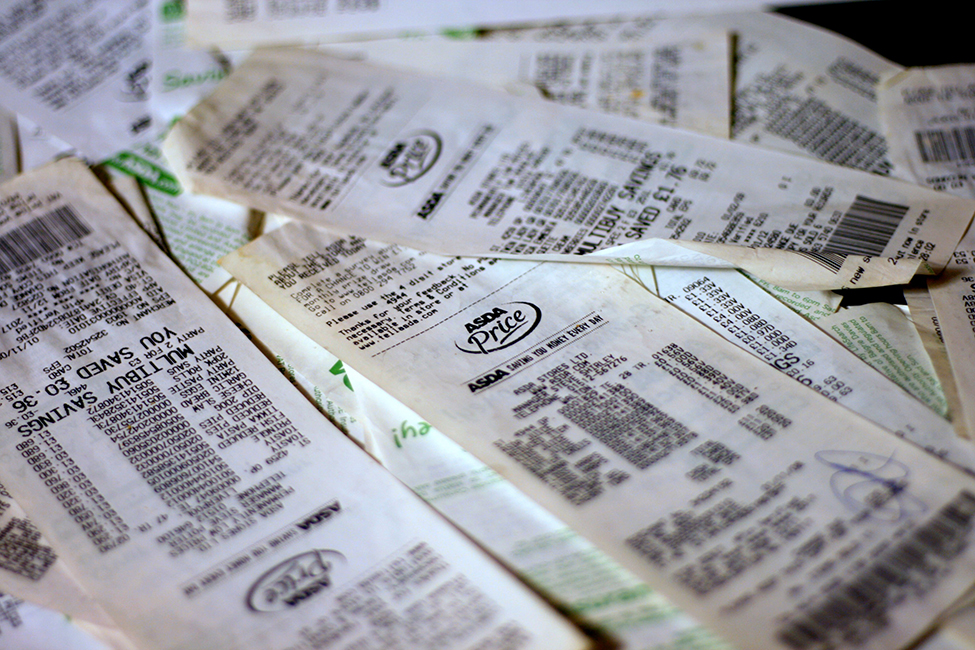Module 11: The Chi Square Distribution
Introduction: The Chi-Square Distribution
Barbara Illowsky & OpenStax et al.

Learning Objectives
By the end of this chapter, the student should be able to:
- Interpret the chi-square probability distribution as the sample size changes.
- Conduct and interpret chi-square goodness-of-fit hypothesis tests.
- Conduct and interpret chi-square test of independence hypothesis tests.
- Conduct and interpret chi-square homogeneity hypothesis tests.
- Conduct and interpret chi-square single variance hypothesis tests.
Have you ever wondered if lottery numbers were evenly distributed or if some numbers occurred with a greater frequency? How about if the types of movies people preferred were different across different age groups? What about if a coffee machine was dispensing approximately the same amount of coffee each time? You could answer these questions by conducting a hypothesis test.
You will now study a new distribution, one that is used to determine the answers to such questions. This distribution is called the chi-square distribution.
In this chapter, you will learn the three major applications of the chi-square distribution:

